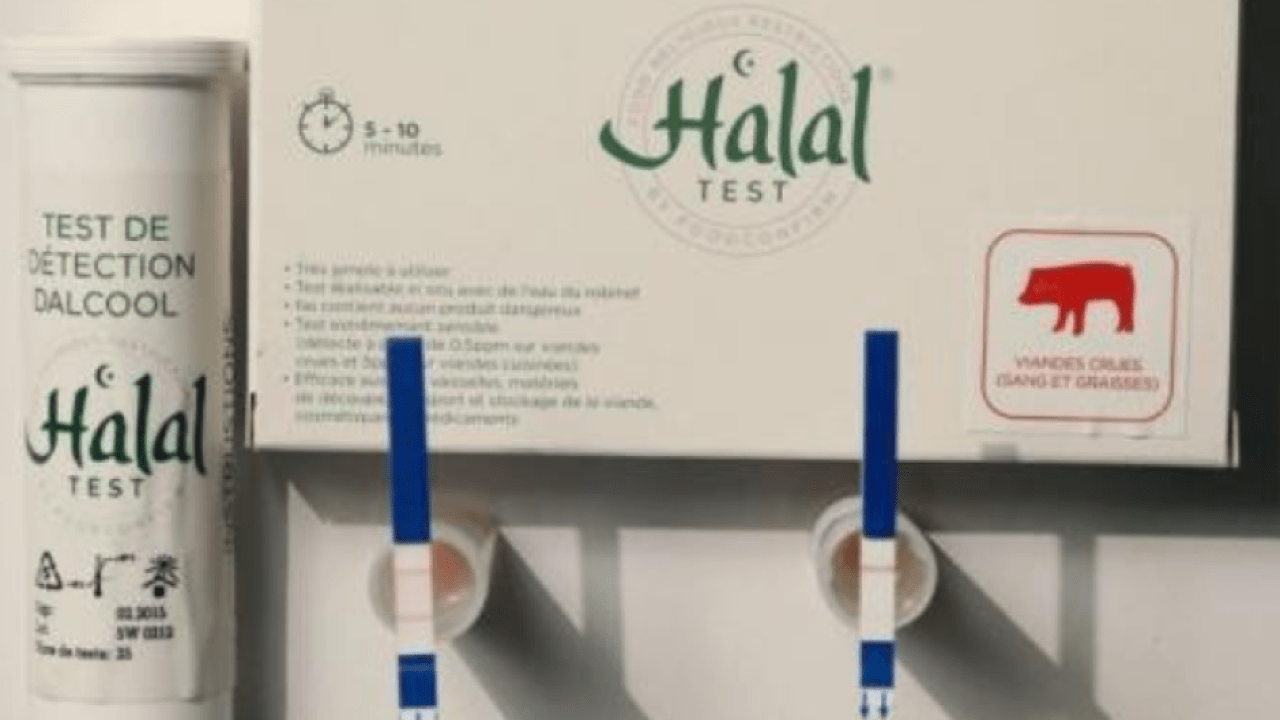The demand for halal food in the world is enormous, nearly U.S. $700 billion annually. The need for halal food is very high, making food with a halal label is very vulnerable to forged. Moreover, the price of halal food is higher compared to the price of non-halal food, causing the occurrence of food contamination in almost many countries in the world. The emergence of food contamination has become a common thing in many countries. Horse meat mixed scandal in Europe, and the rat meat scandal in China, as well as the human meat scandal at Mcdonald’s in the U.S., became evident that the authenticity of meat species is essential to implement. Indonesia, which has the largest Muslim population in the world and is a potential share of the world’s halal products, is also susceptible to experiencing food adulteration on foodstuffs imported from other countries. In anticipation of this, it takes a scientific method, which can solve the problem that among Muslims is called the halal.
One method that can be used is a molecular-based detection technique, which is PCR (Polymerase Chain Reaction). This technique can help determine the DNA content of the food material that is doubtful of its halal. It is given that DNA has thermal stability, and DNA is found in almost all living cells of sentient species. Besides, DNA has advantages inaccuracy because it is a stable molecule and has greater information than proteins. This DNA-based detection technique is proven to be more sensitive and specific, so it can be used to detect the content of food products that have been processed further.
DNA can be used in Halal forensic analysis is Cytochrom b segment and the displacement loop area of the mitochondrial DNA strand, or with 12S rRNA gene amplification technique or by analyzing the genomic region or region on a specific interspersed loop of a repetitive element. The use of the genomic region, according to Alraidh (2008), is still an option that can be used in molecular detection. However, there are limitations, especially when the inspection material is boiling at temperatures above 134 degrees Celsius. D Loop or Displacement Loop is an mtDNA area that does not encode a polypeptide, has a high mutation rate, and plays a role in the regulation of mtDNA genetic expression. The area has a tremendous meaning for forensic examination because the sequences contained in this D-loop tend to vary (polymorphism) in various species. The D-loop in the content detection process of food halal is believed to have a high success rate, thus having the opportunity to be used as a method of halal detection with a variety of PCR based methods. Research that is part of the research activities at Research Centre and the Halal Product Examiner (PRPPH) Universitas Airlangga is intended to prove that forensic Halal detection can be done by designing a primer derived from this mitochondrial DNA loop area. This test is performed on mitochondrial DNA derived from 6 species, which begins with the process of identifying DNA sequences in the D-region’s 6-species loop.
The six species include Rattus norvegicus (rat), Gallus Gallus (chicken), Capra hircus (goat), Sus scrofa (pig), Equus caballus (horse), and the Taurus Boss (Cow), using data derived from the Genebank. Data is used as the basis for original design or synthetic oligonucleotide. Each of these synthetic oligonucleotides or primers is designed using the PRIMER3 program, which is implemented in the primary-BLAST server. This allows for primary search with multiple related targets that exist in the database, such as databases that are not redundant (N.R.), i.e. by using a DNA sequence as a query. The order of the Queri for each species is the complete encoding sequence of mitochondria DNA on the region or Regio DLoops. For example, Rattus Novergicus, where the primary search is done using the sequence with the GenBank HQ655891 access number as the requested DNA sequence or sequences. A primary pair is then selected from multiple output alternatives resulting from a search.
The results of explained that primer designed from the mitochondrial DNA has the same potential as the primer designed from Cytochrome B in 6 local species of research subjects. Thus mitochondrial DNA originating from the Dloop Regio can be used as an alternative to the examination or halal forensic detection, in addition to the mitochondrial DNA originating from the Cytochrom area B.
Author: Author: Agung Sosiawan, Ali Rahman, Norhidayu
Link: The use of Displacement Loop mtDNA in Halal Forensic Investigation in Indonesia https://rjptonline.org/AbstractView.aspx?PID=2020-13-3-1





